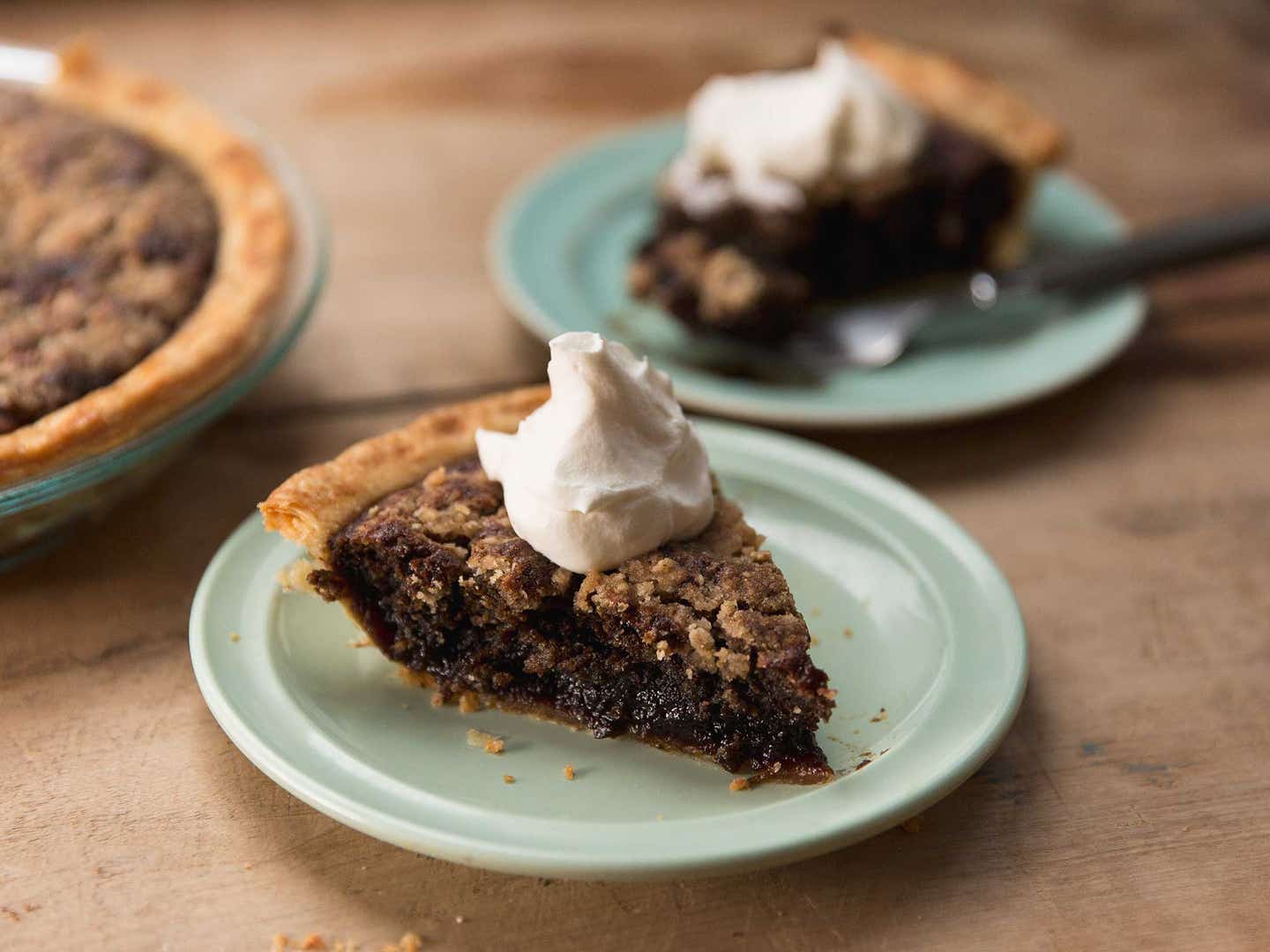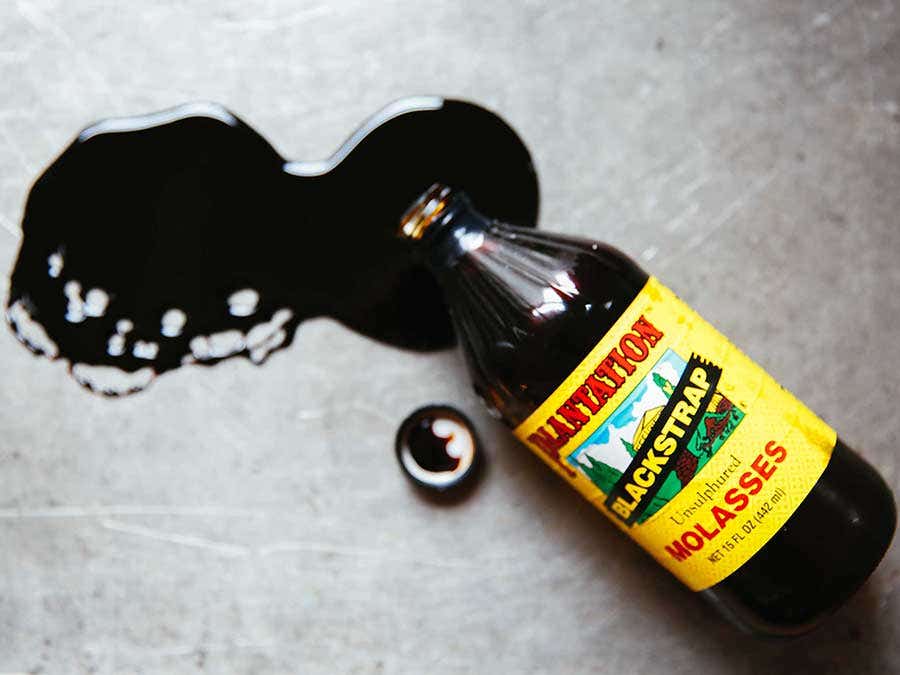
Everything You Can Do With a Bottle of Molasses, a Sticky-Sweet Pantry Hero
This dark, complex syrup is good for a lot more than just Boston baked beans
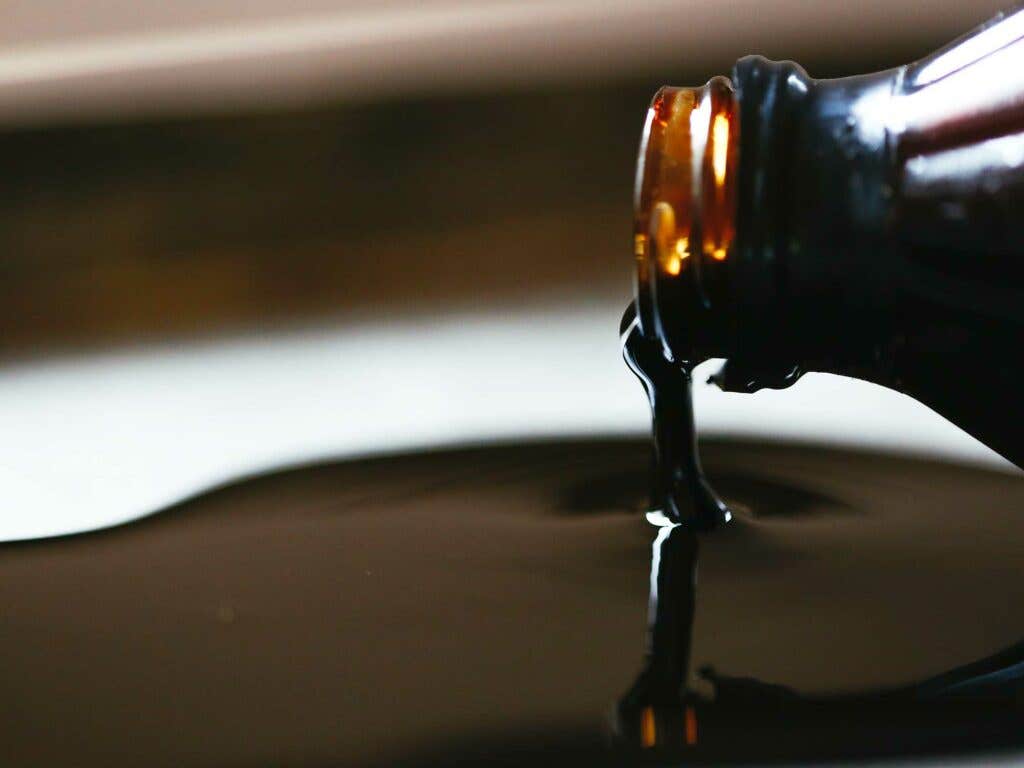
Boston, 1919: There was a day, an otherwise regular January day, when molasses ran wild. It covered the streets and city buildings in ebony, swirling pools and trickled down side roads in inky rivulets. A molasses transport tank had burst unexpectedly, and sticky, sweet-smelling globs of the stuff ran up to the knees of every man, woman, and horse in Boston's north end, before leaving the city smelling of spices and brown sugar for weeks to come.
I’d say I dream of experiencing this day, but the bizarre reality of it was that the escaped molasses—13,000 tons of it to be exact—came down like a tidal wave upon the city and flooded buildings, shattered train tracks, and even killed 21 people. (What a way to go?) So while I decidedly don’t wish for the return of the Boston Molasses Disaster, I do love this indispensable baking ingredient enough that it regularly becomes part of my (far less destructive) food reveries.
The Sticky History of Molasses
Molasses is a happy accident: A byproduct of the sugar-refining process, it is the viscous liquid that drains off when sugarcane or sugar beets are boiled to extract their solids (sugar). Before massive machines like electronic diffusers and centrifuges made easy work of the process, cane was cut laboriously and stripped of its leaves by hand, then mills powered by mules smashed and pressed the crop to release its juices. The juice was boiled in kettles over fire to concentrate and crystallize the sugars for removal. And the syrupy liquid left behind was—and still is—molasses.
In the 1500s and 1600s, much of molasses was made into rum, and as a result, for a time in the 1700s, molasses was heavily taxed by the government. Up until the 17th century, refined sugar was considered a rare and privileged treat for the lucky elite; molasses was a food of the masses. One estimate from the time says the average 17th century New England fisherman may have gone through 30 gallons of molasses a year, using it to flavor and enrich breads and cornbreads, and stretch meals. Prior to the 20th century, market vendors would dole out molasses from big barrels, scooping it from bulk to order for each customer. Then in 1908, a Louisiana manufacturer developed and sold the first canned molasses.
Today, molasses is usually sold in glass or plastic bottles or jars, which are easy to reseal and store for long periods of time. Unlike sugar-rich syrups—which will granulate if they are too concentrated or ferment if they are too thin—molasses has natural antimicrobial properties and very little free sugar, which means it can last a long time without spoiling.
How to Buy It
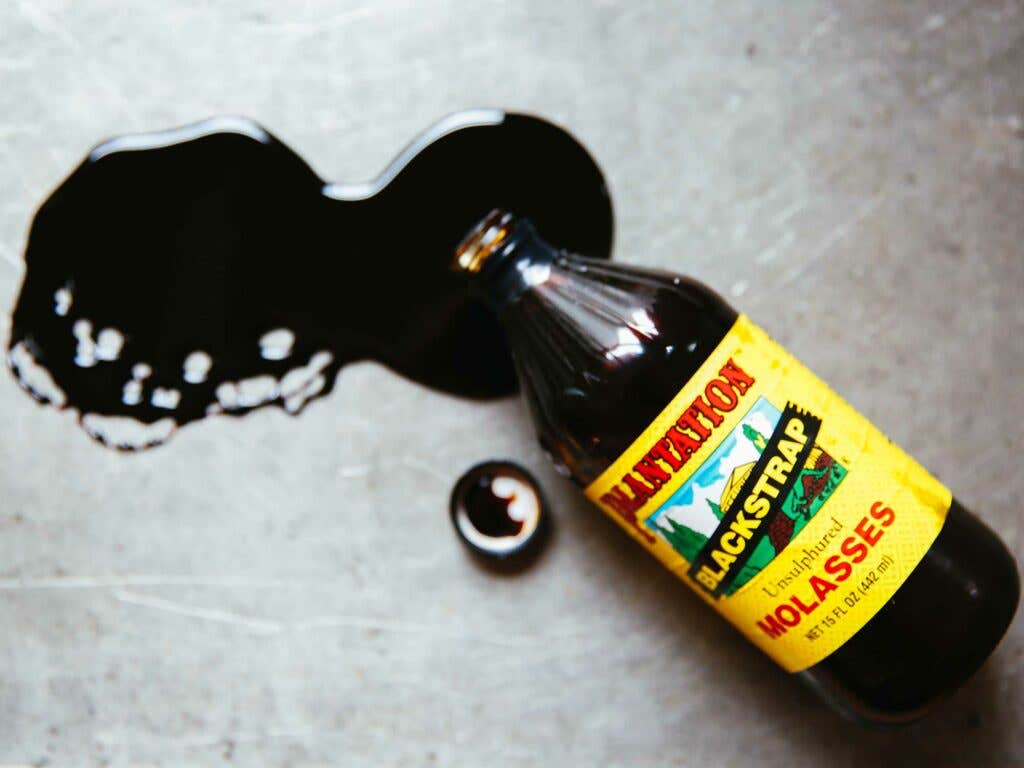
All forms of molasses have a savory-sweet flavor and umami, with notes of soy sauce, chicory, baking spices, burnt caramel, and coffee. Much like first-press olive oils are treasured for their pure flavor, light molasses—which drains off during the the first of several cane or sugar beet boilings—is considered the fanciest form. It has the highest sugar content, a deep brown tone, and delicate flavor. After a second boiling and sugar extraction comes dark molasses (sometimes called treacle, especially by the British), which is the style I prefer: darker and more opaque than light molasses, thicker in body, slightly less sweet and slightly more interesting. A third distilling produces super concentrated blackstrap molasses, the thickest, darkest, least sweet, and most bitter and robust of all molasses styles. It is also the healthiest—with high levels of iron (more than red meat), calcium, and magnesium.
Since molasses can theoretically start to ferment if stored for long periods of time in a warm place, some producers add sulphur dioxide as a preservative. Doing does change the taste of the molasses, making it slightly less sweet and complex, and slightly lighter in color, so steer toward unsulphured molasses instead. You should have no problem storing even an unsulphured bottle for at least 18 months and up to several years.
How to Use It
The Japanese call molasses kuro mitsu, which means "black honey." And to me, that's one of the most inspiring ways to think of molasses when plotting its uses. While today it is often thought of as a baking ingredient—it adds aroma, color, and wonderful chew to cookie batters, pie fillings, and dark breads, and is responsible for giving brown sugar its flavor and color—many early American cookbooks on Southern food or the traditional cooking of New England, among others, showcase molasses' sweet and savory sides.
In North America, England, and the Caribbean, molasses is classically used to flavor whole wheat bread, fill desserts including shoofly pie and treacle tarts, and add moisture, color, and chewiness to gingerbread cookies. You can also use it to flavor muffins, cakes, and rolls, add complexity to pumpkin pie filling or oatmeal, stir some into steamed pudding batters, flavor frosting or ice cream, or drizzle atop buttered biscuits or scones.
In the South, molasses was traditionally paired with cornmeal-based dishes, and sometimes used to spike braised collard greens, carrots, or other stewed vegetables. It's a classic addition to baked beans, but a little also goes a long way in adding sweetness, color, and luxurious texture and aroma to barbecue sauces, meat glazes, chilis, and red meat stews. Not very sweet enough on its own, molasses loves a sweet buddy to balance out its earthiness, like brown or white sugar in sauces or bourbon in glazes and marinades. You can add it to waffle or pancake batters, stir it into smoothies, shakes, applesauce, or a warm glass of milk, or use it to sweeten coffee. A sticky, colorful jar is simply the gift that keeps on giving.
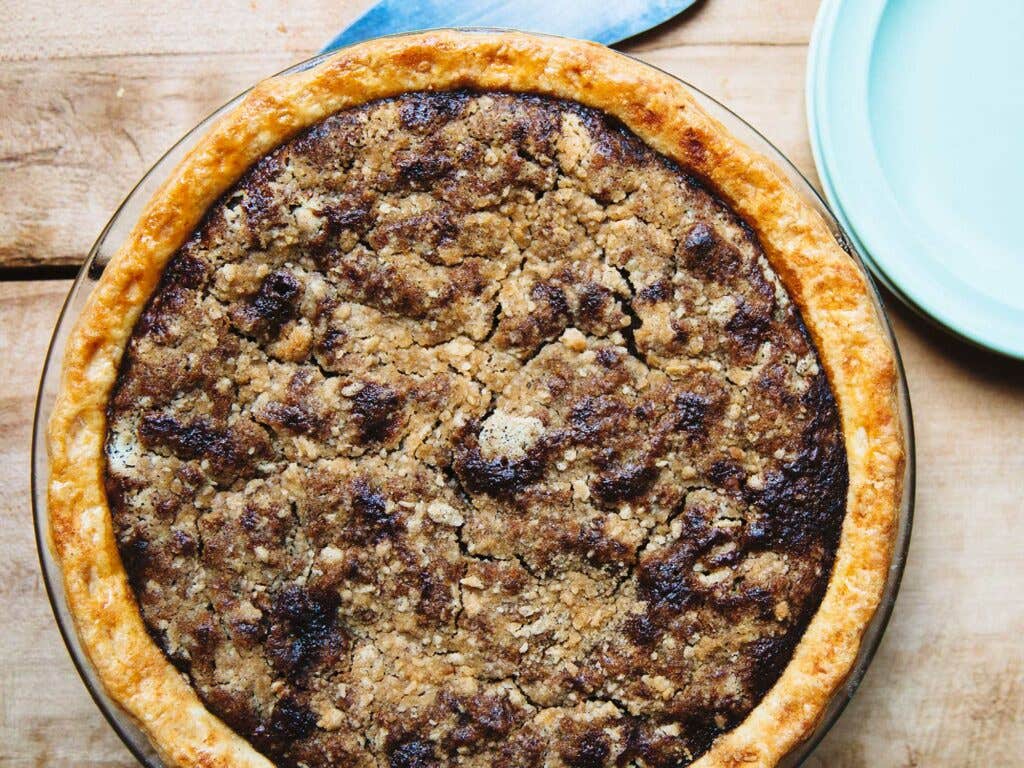
Keep Reading
Continue to Next Story
